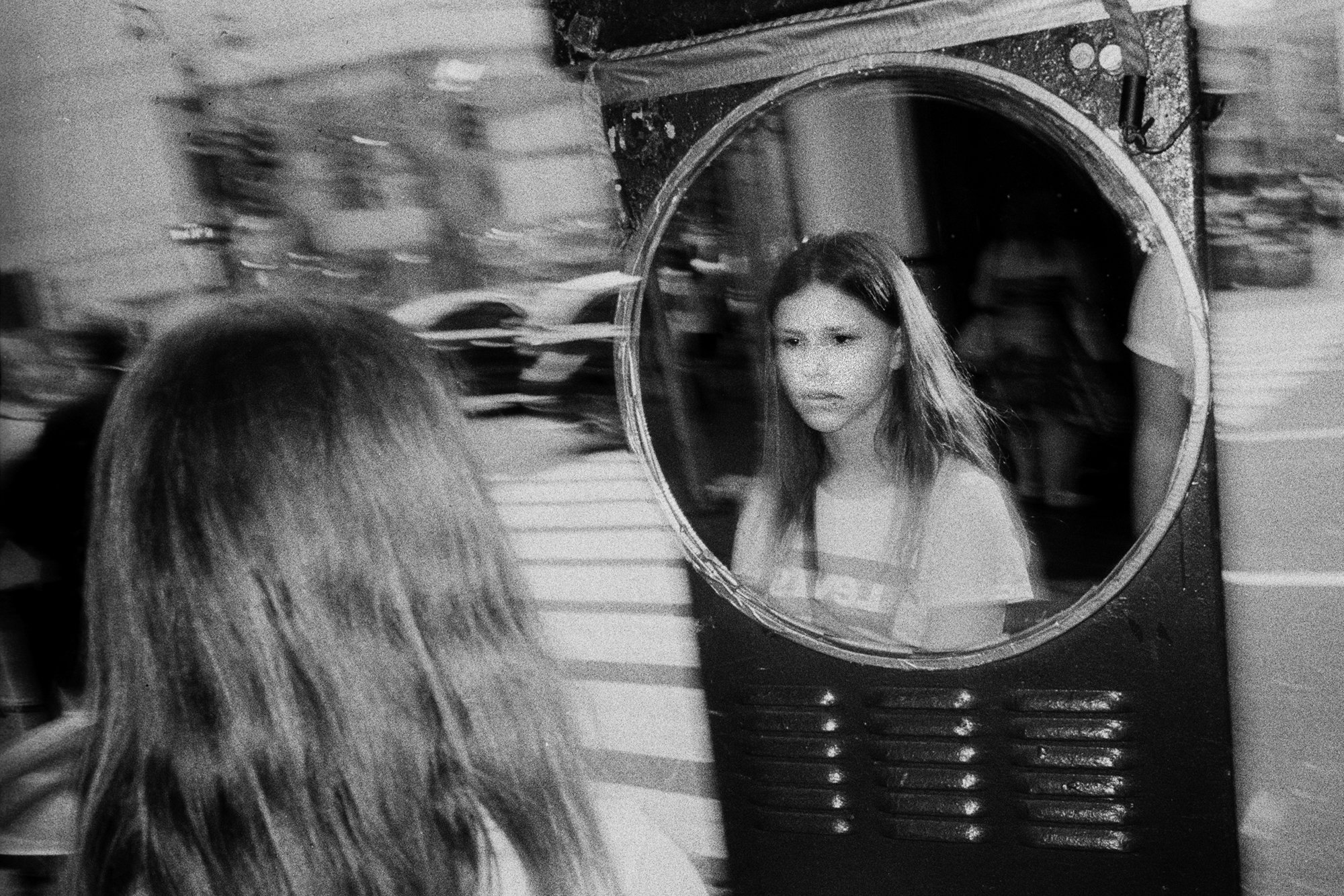Film Review: Filmmakers for the Prosecution (2023) Dir. Jean-Christophe Klotz
Stuart Schulberg (at right) & Hitler's photographer Heinrich Hoffmann (center) 1945
Courtesy of Kino Lorber
Written by Belle McIntyre
New information and documentation about the holocaust seems to be unending and this new film about an old film is particularly fascinating and revealing in ways that should put to bed any pathetic attempts at holocaust denial. In 1945 at the end of WWII with the specter of the Nuremberg trials looming large director John Ford, who was the film chief of the OSS, was tasked with gathering as much evidence of the horrific atrocities perpetuated by the Nazis to be used in the prosecution. Budd and Stuart Schulberg, sons of the Hollywood producer and studio head B.P. Schulberg were tasked with this assignment. It was extremely challenging as they had limited time to get it done and it was not going to be simple.
Riefenstahl Dolly
Courtesy of Kino Lorber
They initially gathered American newsreel footage, of which there was an ample quantity, which they were editing in the Fox Studios until it was decided that it would appear too slanted to an American point of view. The team was sent to Germany to film their own footage and find as much German material as possible. They obtained material from Leni Riefenstal’s Triumph of Will and footage taken by the German officers themselves who took pride in the job they were doing and were known to screen scenes from the camps showing the skeletal bodies of hundreds of Jews laboring or dead and being dumped in open graves as an after dinner entertainment. The search for known repositories of official footage often led them to scenes of wholesale destruction of literally acres of burned film. As we know the Nazi’s tried to eliminate the evidence of the crematoriums and graves. Hitler’s personal photographer, Heinrich Hoffman, handed over material as did a Russian film studio which provided evidence of pre-war planning and hateful propagandizing.
Justice Jackson, decided he wanted the trial filmed and a deal was made with the Russians that they too would be allowed to film the proceedings in exchange for their contribution. The trial was expected to continue for over 200 days. At the end of the first week Judge Jackson, sensing that the evidence was too dry and boring, decides to show edited. footage compiled by the team and it was astonishingly impactful, even to some of the defendants. It appeared to turn the tide of public opinion completely. Ten were indicted and executed immediately and one committed suicide. And Germany was prosecuted for war crimes and genocide.
Justice Robert H Jackson, Nuremberg Courtroom 1945
Courtesy of Kino Lorber
In the aftermath, the Schulberg version of the planning, the atrocities and the trial was made into an official government-backed film Lessons from Nuremberg, intended for public release in 1948. Sadly by 1948 the US was entering the Cold War and the Marshall Plan was focused on rehabilitating Germany and the film’s release was put on hold. The French director, working with Sandra Schulberg, (Stuart’s daughter) from her monograph, has given us a fascinating overview of the whole saga. The power and impact of film resonated with me for the way our very own January 6 Commission filmed grand jury footage certainly painted a clear and indisputable case against the insurrection. Both films deserve to be required viewing.
Close-Up Eli Rosenbaum, Sandra Schulberg, JC Klotz DOJ Dec. 2019
Courtesy of Kino Lorber







